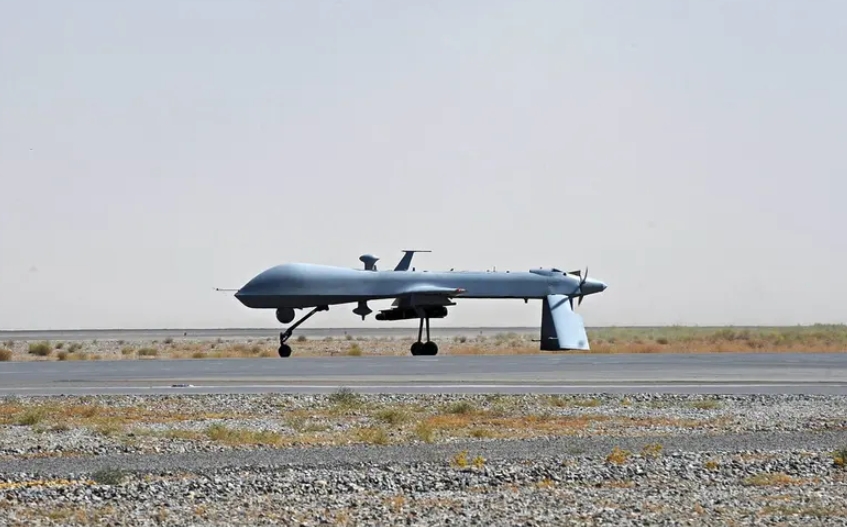The Military Program "Replicator" Faces Implementation Challenges

The program aimed to develop thousands of autonomous military systems - aerial, ground, and naval - using artificial intelligence, to address rising security challenges with China in the Pacific. However, technical and bureaucratic challenges have impeded achieving this goal within the specified timeline by August 2025.
The most prominent challenges faced by the program included the difficulty of developing software capable of coordinating the operations of large numbers of drones from different companies, in addition to issues with the reliability of some systems and their high manufacturing costs. These obstacles have made it difficult to realize the original vision of the program.
In response to these challenges, the Pentagon transferred the management of the program to a new unit under special operations command known as "DAWG", in an effort to accelerate the pace of implementation and focus on the most viable systems.
The program holds strategic importance in the context of preparations for a potential conflict in the Pacific, especially with estimates suggesting that China may be preparing to move towards Taiwan by 2027. In this scenario, autonomous systems are considered a critical factor in enhancing military capabilities. Despite the challenges, proponents of the program assert that it has achieved significant milestones.
